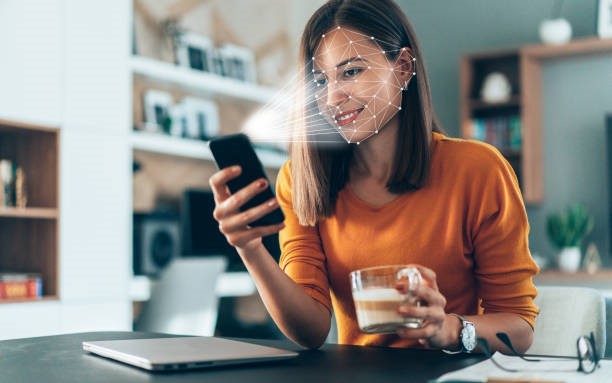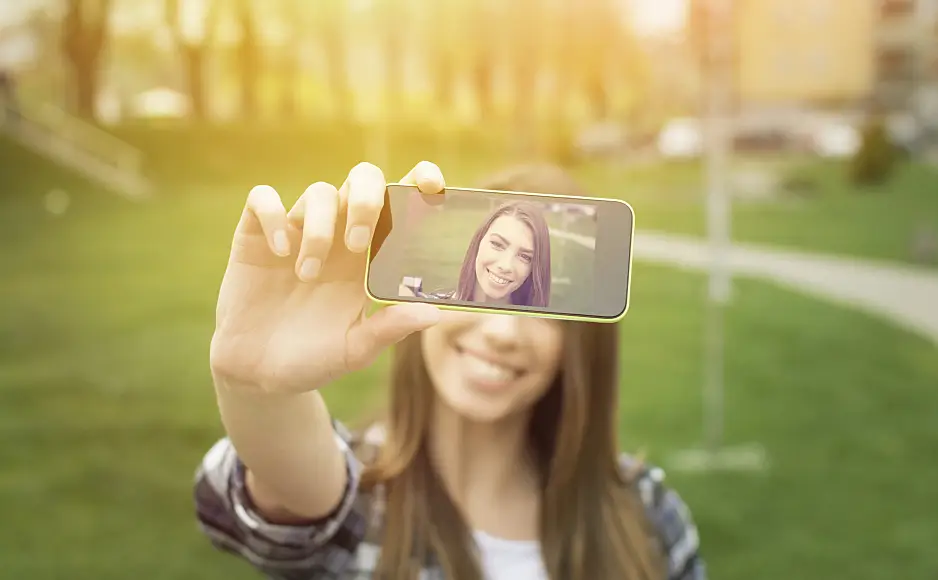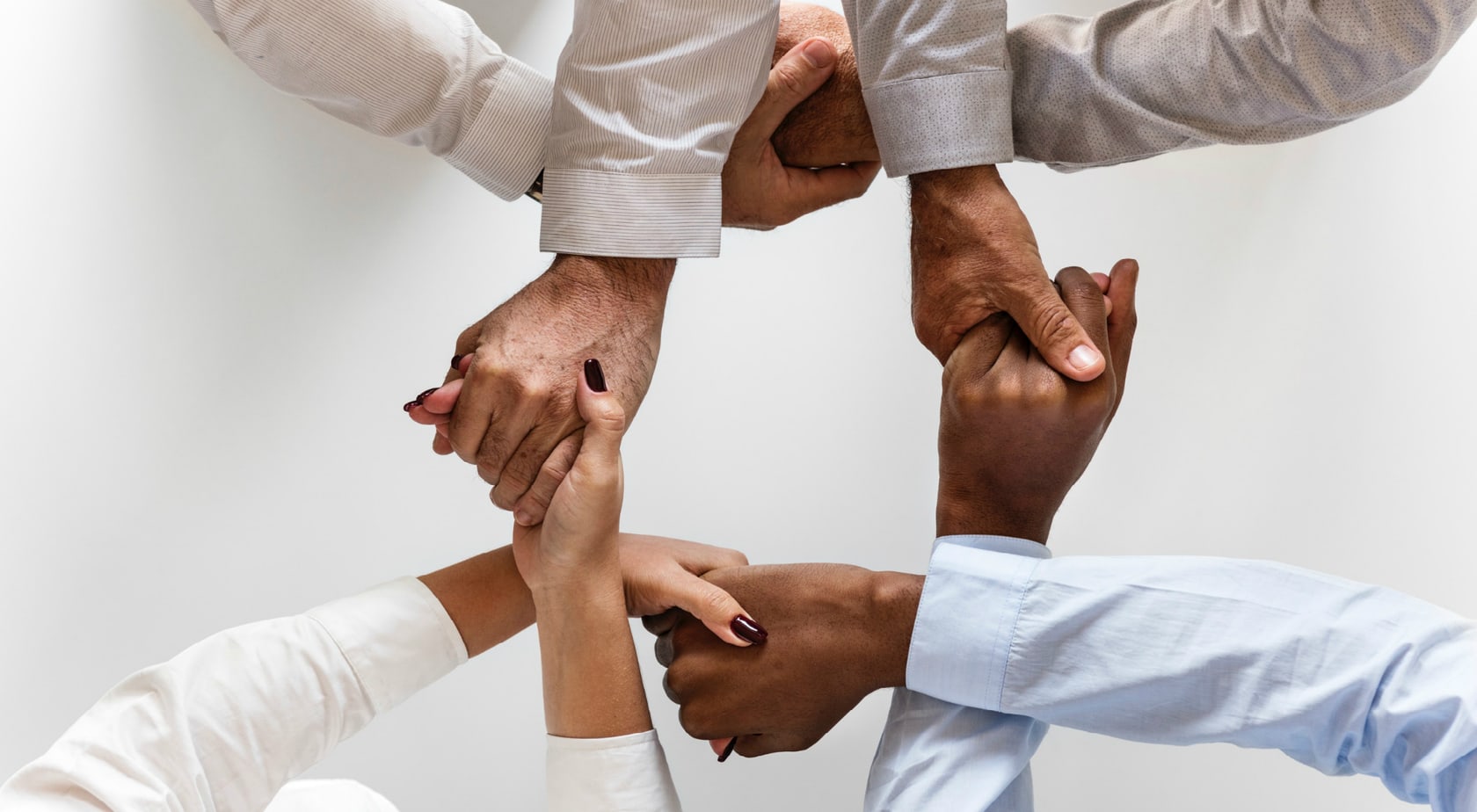In a world driven by digital invention, secure and dependable identity verification is paramount to identifying individual organizations to minimize fraudulent activity. The system scans a face, extracts it, and matches it with the stored data to recognize and identify the person. The service is used by various people at homes, offices, and other places to grant access control. Financial sectors like banks and others also adopt this process to stop money laundering using AML (Anti-Money Laundering) services.
What is Selfie Verification?

Selfie Verification, or Face Authentication, is a biometric system that uses an individual’s facial features to confirm their identity. It scans facial features, expressions, and emotions and recognizes a person with a skin tone even with make-up on, a mask on and glasses on the face. This technology has gained popularity across various organizations, businesses or for personal space use for security purposes, including finance, e-commerce, healthcare, and indeed social media.
How Selfie Verification Works
The technology behind face verification is complex, yet it operates seamlessly for the end user. The system is encrypted, and organizations work with this by following strict agreements to keep the person’s data secure and track and recognize them to prevent manipulation.
The user is urged to take a selfie using their camera or webcam. The recognition process records a live image or video to recognize a person. This technique detects and identifies the user’s face within the image. Face recognition service extracts unique facial features and generates a facial recognition template, which is a digital representation of the person’s face. The generated facial template is compared to the stored template in a secure database. However, the user is granted access if the templates match within a destined threshold. The system authenticates the person or denies access based on the comparison result.
Implementation of Biometric Face Verification
Selfie verification has made its mark in various sectors, substantiating how businesses and associations corroborate user individualities. All over the globe, this service is being utilized to protect against any criminal or fraudulent activity. The system can easily detect the person and recognize them. The process grants access to areas, web applications, and smartphone devices.
-
E-commerce Online Retailers Use
Face verification helps prevent fraudulent deals and streamline checkout, making online shopping more secure and effective. Banks use this service to avoid financial loss and to stop money laundering.
-
Healthcare Organization
Healthcare providers use face scanners to ensure accurate case identification and cover sensitive medical records.
-
Hotels and Hospitality Airlines
Selfie identification for streamlined check-in processes and increased security It is used at hotels to verify if the actual person is there for a stay and to access them in their rooms.
-
Government Services
Government agencies employ face identifiers for citizen identification, passport operations, and motorist’s license renewals. The process also authenticates the people who manually grant access to the buildings or workplaces.
-
Social Media
Some social media platforms use selfie verification to corroborate individual identities, reducing the presence of fake or anonymous accounts. This is to keep the pages secure from hackers.
Benefits of Face Verification
Implementing the facial verification system offers several advantages and protects against fraud and illicit activity. Some are on counts:
-
Enhanced Security
Online face verification provides an advanced security position compared to traditional authentication styles, as it’s challenging to forge or steal someone’s facial features.
-
Speed and Effectiveness
Face verification accelerates processes like account setup and login. It improves the customer experience and builds trust.
-
Reduced Fraud
The technology significantly reduces identity theft and fraud, saving businesses and individuals from financial losses and implicit legal issues.
Challenges and enterprises
Biometric Face scanner are a powerful technology, but the attackers use various ways to imply fraud and money laundering. Hence, this technique is sometimes weak but not failed and can be received using advanced technologies like KYC (Know Your Customer) and AML (Anti-Money Laundering) techniques.
-
Data Secrecy
There are valid enterprises regarding collecting, storing, and implicitly abusing biometric data, which must be addressed through robust security measures.
-
Security Risks
While it’s challenging to forge a facial image, the process has implicit vulnerabilities, similar to spoofing attacks using prints or deepfake technology.
-
Regulatory and Legal Issues
As KYC face verification becomes more widespread, it must navigate a complex web of regulations and legal considerations, including data protection laws.
Final Thoughts
Selfie verification represents a remarkable breakthrough in authentication and identity verification. The future of face liveness verification isn’t just about authentication; it’s about reconsidering how we secure our digital individualities. A face verification system is used to prevent financial loss and spam.





